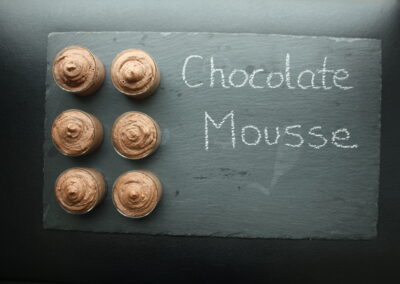Variation on the Nutty biscotti.


Tasty Variation of the plain biscotti with the flavours of Orange and Caramel




Share
Variation on the Nutty biscotti.
Dietary Information
Nutritional Information
| Typical values* | per Serving | contents |
|---|---|---|
| Total Energy | 257 Kcal | |
| Protein | 10% | 25 Kcal |
| Fat | 17% | 44 Kcal |
| Carbohydrates | 73% | 188 Kcal |
Factoid
Biscotti known also as cantucci, are Italian almond biscuits that originated in the Tuscan city of Prato. They are twice-baked, oblong-shaped, dry, crunchy,and may be dipped in a drink, traditionally Vin Santo. Cantuccio is an old Italian word that literally means "little place", "nook", or "corner" but that, in the past, was also used to indicate a little piece of bread with a lot of crust (usually the first and last slices of the loaf, the "corners"). The word biscotto, used in modern Italian to refer to a biscuit (or cookie) of any kind, originates from the medieval Latin word biscoctus, meaning "twice-cooked". It characterised oven-baked goods that were baked twice, so they became very dry and could be stored for long periods of time. Such non-perishable food was particularly useful during journeys and wars, and twice-baked breads were a staple food of the Roman legions.
Video
0 Comments